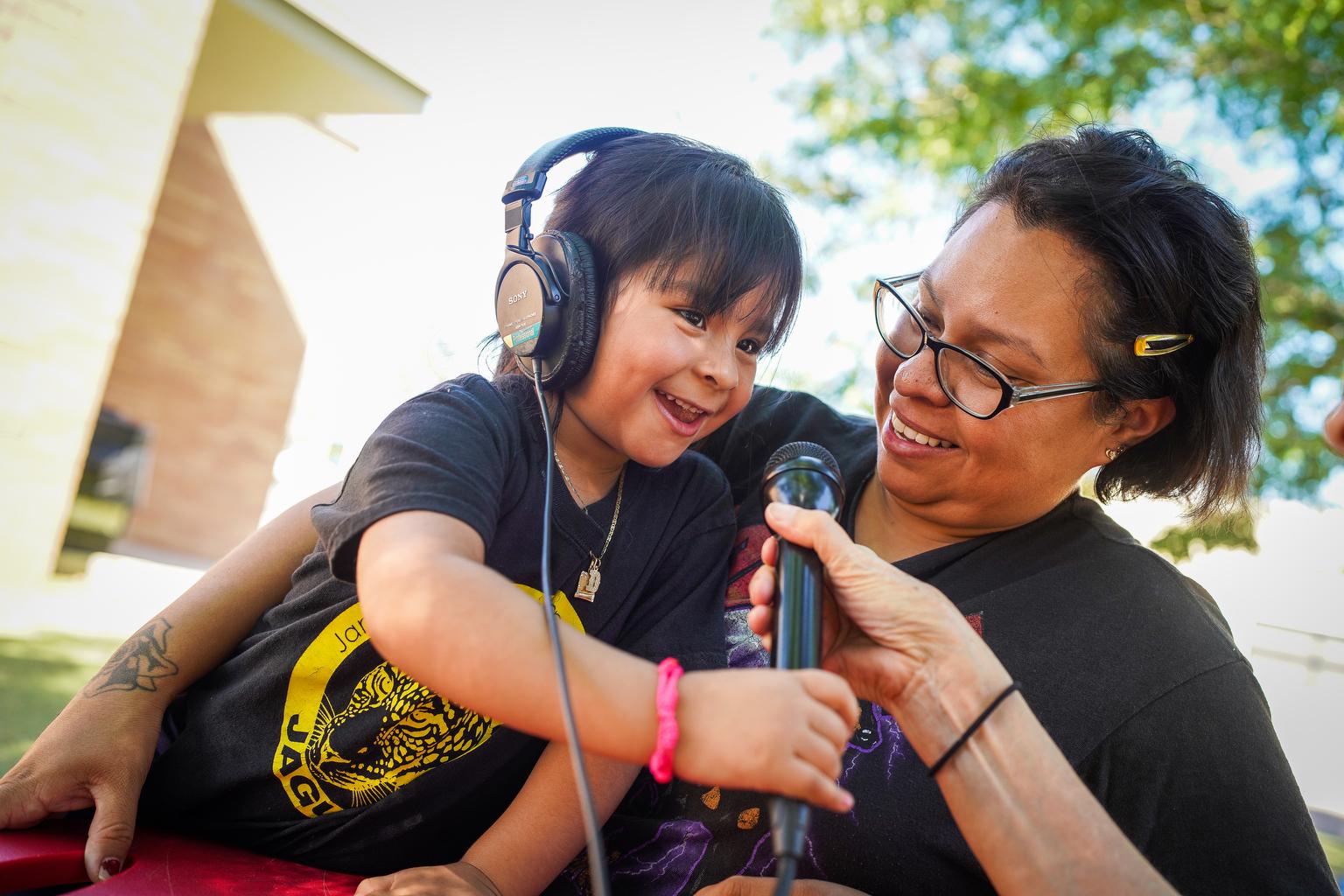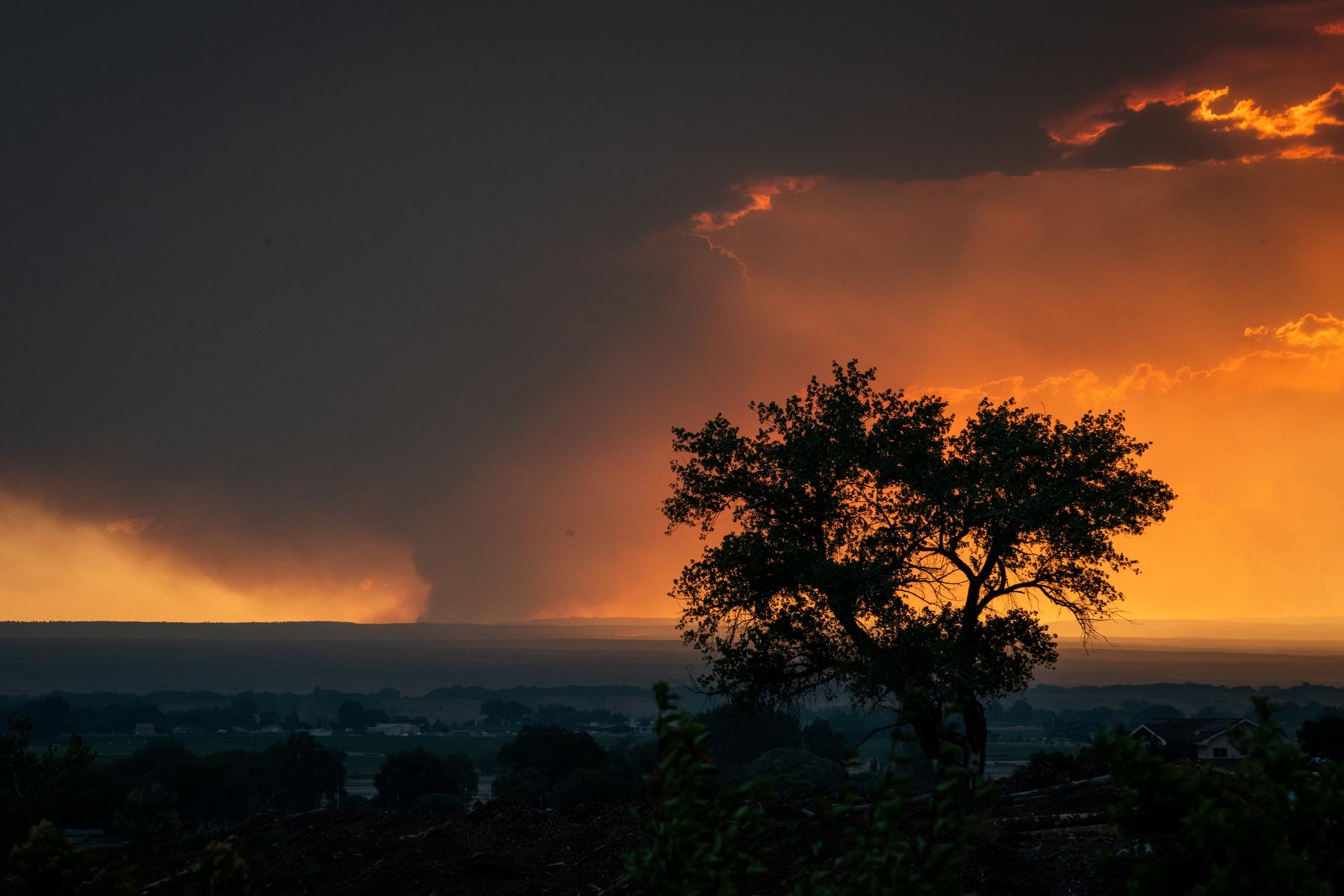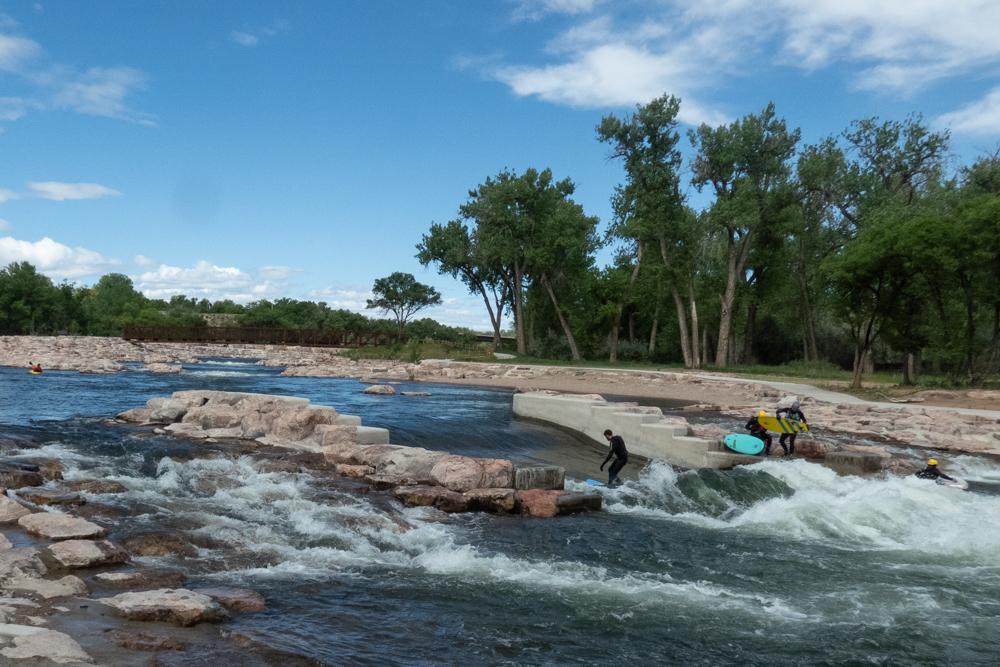
CPR News released its first report detailing the demographic characteristics of the sources in its stories. The data, which will be released annually as part of the organization’s Diversity Equity and Inclusion report, shows that news sources are slightly more diverse than Colorado’s census data.
In news stories published or broadcast in 2023 by CPR News, Denverite and KRCC, 66.6 percent of sources were white, 10.9 percent were Black, 14.7 percent were Hispanic, 2.3 percent were Asian or Pacific Islander, 1.7 percent were Indigenous or Alaska Native and .9 percent were listed as multi-race. Men make up 56.9 percent of sources in our most recent analysis while women are 41.5 percent.
For comparison, in the 2020 census Colorado’s racial demographics were 70.7 percent, 21.9 percent Hispanic, 4.1 percent Black, 3.7 percent Asian or Pacific Islander, 1.3 percent Indigenous or Alaska Native and 12.3 percent mixed race.
"With the data, we can develop coverage that better serves the array of communities across Colorado."
– CPR News Executive Editor Kevin Dale
“Our goal is to expand the diversity of voices that are sources in our stories. We do not have quotas — the census should be our baseline — but we recognize that news organizations have relied too heavily on white male sources,” said Kevin Dale, executive editor of CPR News. “Our reporters are working to find sources of different backgrounds, ages and geographies. We’ve asked the reporters to use their data, and editors to use the data overall to figure out if we are meeting our goals of accurately telling the stories of Colorado. The only requirements we have are that they gather the anonymous information from sources and that they recognize where we can do better.”
For almost two years, sources have told CPR how they identify based on their race/ethnicity, gender, age and where they live. CPR also documented the reason the person was included in a story — were they a crime victim, pulled from a press release or someone the reporter chose to interview?
CPR uses the computer software Source Matters, developed by the American Press Institute, to hold and sort the data. Reporters and editors input the demographic information and can see real-time analytics on how they are sampling any particular group of people.
To date, the demographics of almost 14,000 sources have been logged.
“This data collection is not to set percentage goals or quotas for any specific demographic,” Dale said. “It is a tool to help us understand the stories we are telling and to improve our commitment to transparency. With the data, we can develop coverage that better serves the array of communities across Colorado.
“Moving forward, we will use this data to continue to build and strengthen our community relationships, ensure that we are talking and listening to a more diverse group of people, and will share our progress in our efforts to make meaningful changes in our news coverage because it matters.”









